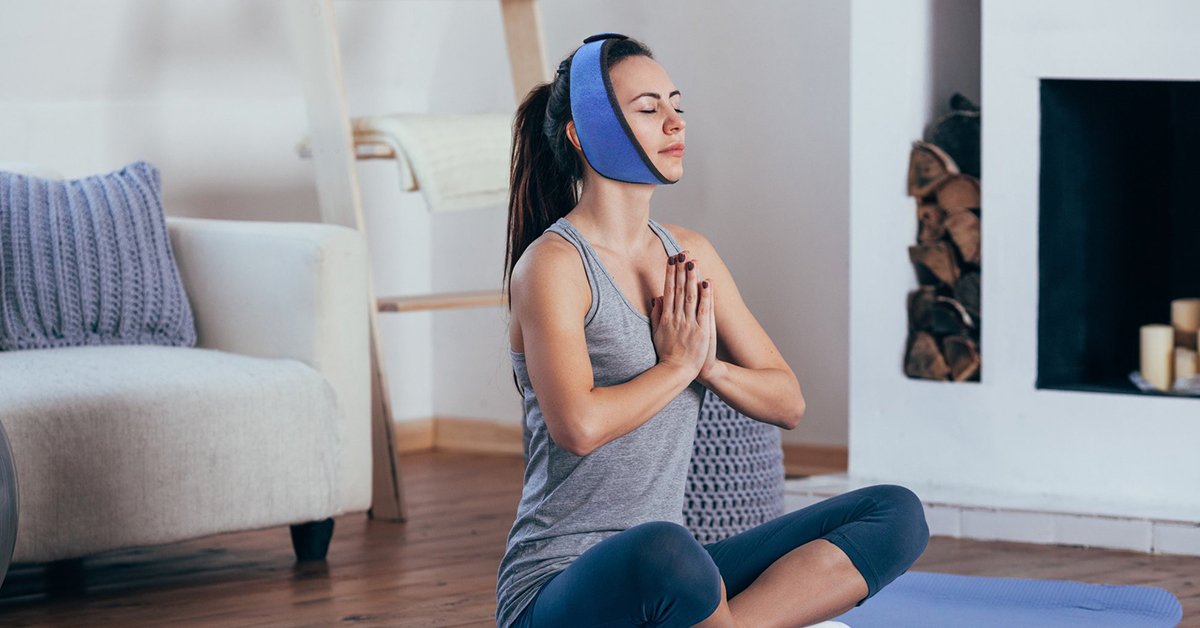From soothing a sprained ankle to easing muscle tension after a long day, hot and cold therapy has been a trusted remedy for centuries. Today, reusable hot cold packs have become indispensable tools in modern households. Compact, affordable, and versatile, these unassuming devices harness the science of temperature to address a wide range of ailments. Here’s why every home should have them—and how they work.
The Dual Power of Heat and Cold
Hot and cold packs operate on simple yet profound principles:
• Heat therapy (thermotherapy) dilates blood vessels, increasing blood flow to targeted areas. This helps relax stiff muscles, reduce joint pain, and accelerate healing for chronic conditions like arthritis.
• Cold therapy (cryotherapy) constricts blood vessels, reducing inflammation and numbing acute pain. It’s ideal for fresh injuries (e.g., sprains, bruises) or migraines.
The key lies in timing: cold packs are best used within 48 hours of an injury to minimize swelling, while heat packs excel at relieving persistent stiffness or cramps.
Everyday Uses for Hot Cold Packs
1. First Aid for Injuries
◦ A cold pack applied to a twisted ankle or bumped knee can prevent excessive swelling.
◦ Heat packs ease muscle strains from overexertion or poor posture.
2. Headache Relief
◦ A cold pack on the forehead or neck alleviates tension headaches or migraines.
◦ Warmth relaxes tight shoulders linked to stress-induced headaches.
3. Menstrual Cramps
Heat therapy is a drug-free way to soothe abdominal discomfort during periods.
4. Post-Workout Recovery
Athletes use cold packs to reduce muscle soreness and heat packs to improve flexibility before exercise.
5. Child-Friendly Care
From playground scrapes to teething pain, kid-safe gel packs offer gentle relief.
The Science Behind the Magic
• Heat Packs:
Most reusable heat packs contain sodium acetate or gel beads that retain warmth when microwaved. The heat penetrates deep tissues, boosting oxygen and nutrient delivery to damaged areas. Studies show heat therapy can reduce chronic lower back pain by up to 50% (Journal of Physical Therapy Science, 2018).
• Cold Packs:
Gel-based or ice-filled cold packs lower tissue temperature, slowing nerve signal transmission and reducing inflammation. Research confirms cryotherapy’s effectiveness in managing acute sports injuries (Sports Medicine, 2020).
Choosing the Right Pack
• Reusable vs. Disposable: Reusable gel packs are eco-friendly and cost-effective. Disposable instant cold packs are convenient for emergencies.
• Safety: Always wrap packs in a cloth to prevent frostbite or burns. Avoid heat therapy on swollen or inflamed areas.
• Versatility: Some packs switch between hot and cold modes, offering 2-in-1 utility.
A Small Investment for Big Benefits
Hot cold packs are non-invasive, drug-free, and easy to use. Whether you’re a parent, athlete, or someone prone to aches, these packs empower you to take control of everyday discomforts. Stock your freezer and drawer today—your future self will thank you!
Final Tip: Pair temperature therapy with rest and hydration for optimal recovery. Consult a doctor for severe or persistent pain.
By understanding the science and versatility of hot cold packs, you’ll see why they’re more than just a first-aid staple—they’re a household essential.



